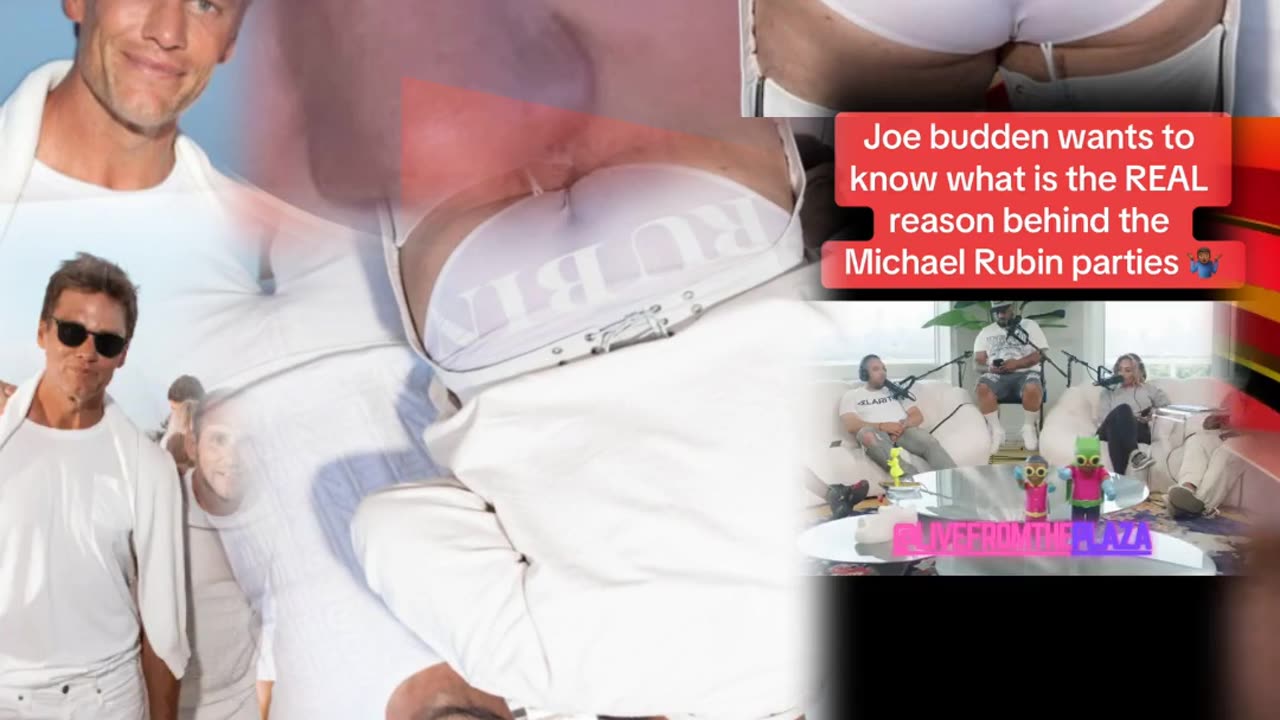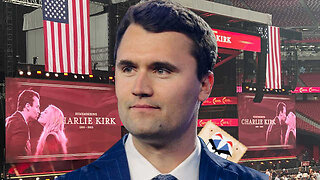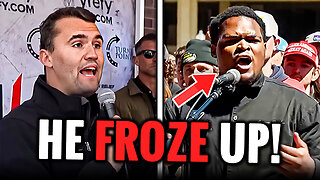Premium Only Content

Diddy & the Price of Proximity to Power Tom Brady White Parties
In the glitz and glamor of summer’s white-clad soirees, the spotlight shines not only on luxury but on legacy—and not always for the right reasons. Michael Rubin’s White Party, an annual July 4th spectacle in the Hamptons, draws a constellation of celebrities draped in pristine white, sipping opulence under the guise of elite networking. Once billed as a playful escape for athletes, entertainers, and moguls, it now echoes with the eerie rhythm of power unchecked. But we’d be remiss not to remember its spiritual predecessor—Sean “Diddy” Combs’ iconic White Parties of the early 2000s, once the crown jewel of pop culture prestige.
Yet today, the sheen is cracked. Diddy’s name is embroiled in a growing web of allegations—lawsuits, federal investigations, and disturbing accusations that hint at a darker reality behind the velvet rope. From claims of abuse to federal raids on his properties, the narrative has shifted from bottle service to serious questions of accountability, culture, and the silence that money can buy.
As Rubin’s parties rise in visibility, some ask: is this torch-passing or whitewashing? When privilege masks pattern, when celebrity culture glosses over credible harm, we must pull back the curtain. We can’t separate the aesthetic from the ethical. The same stage that showcases joy can also obscure complicity.
White parties may look clean, but not all of them are.
-
 2:17:35
2:17:35
TheSaltyCracker
11 hours agoThe Charlie Kirk Effect ReeEEStream 9-21-25
122K326 -
 2:03:07
2:03:07
vivafrei
10 hours agoEp. 283: Charlie Kirk Memorial and other Stuff in the Law World
221K185 -
 9:13:12
9:13:12
The Charlie Kirk Show
21 hours agoLIVE NOW: Building A Legacy, Remembering Charlie Kirk
2.17M949 -
 1:55:20
1:55:20
The White House
14 hours agoPresident Trump Participates in the Memorial Service for Charlie Kirk
108K95 -
 1:02:41
1:02:41
Sarah Westall
12 hours agoDomestic Terror Operation: Death Threats, Smear Campaigns, Gang Stalking w/ Journalist Sarah Fields
65.3K10 -
 1:51:40
1:51:40
Nerdrotic
12 hours ago $22.72 earnedGobekli Tepe Discovery and "Reconstruction" | Forbidden Frontier #118
97.7K10 -
 29:07
29:07
Tactical Advisor
13 hours agoATF Changes Ruling on SBR & Tacpack unboxing | Vault Room Live Stream 039
103K21 -
 2:00
2:00
From Zero → Viral with AI
18 hours ago $6.19 earnedAre You Being Left Behind? Why AI Marketing is No Longer Optional
56.5K11 -
 9:10
9:10
BlackDiamondGunsandGear
16 hours agoI Finally Got it! / Rough Country Build Ep.1
38.3K9 -
 9:44
9:44
Millionaire Mentor
3 days agoCharlie Kirk Brings Woke Student To STUTTERING Over White Privilege Lies
39.5K14